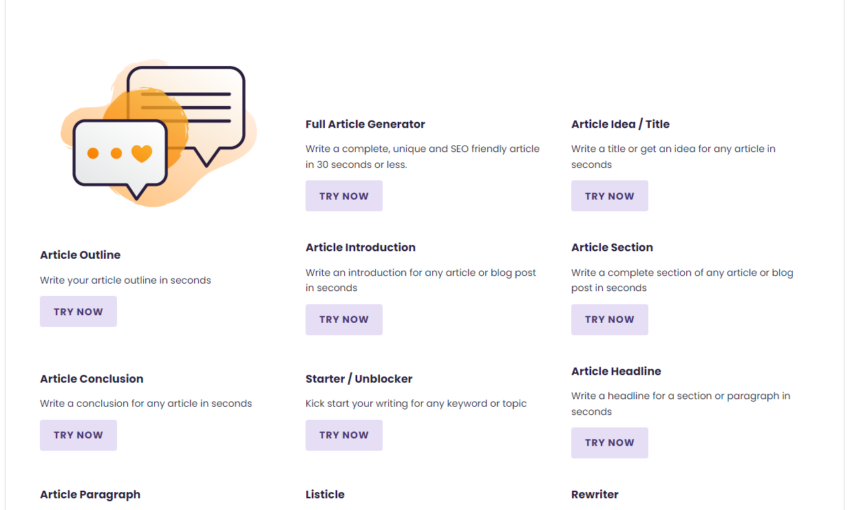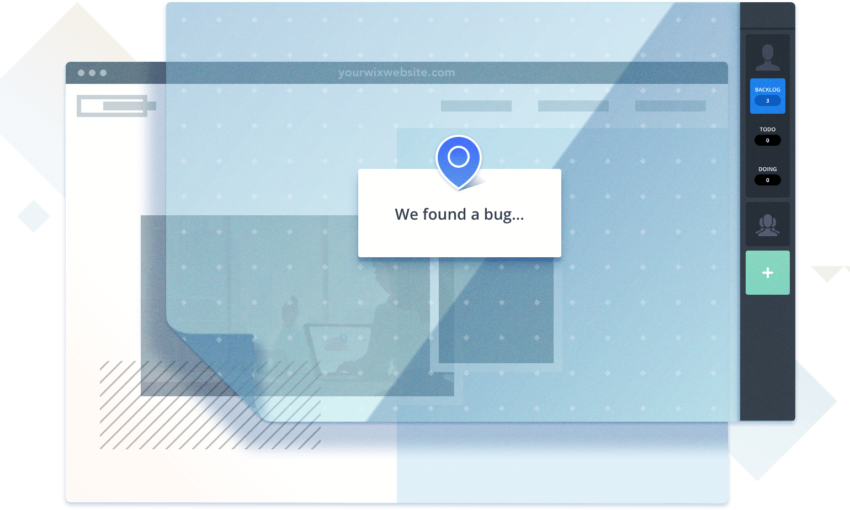So, you’ve finished the job, handed over the files, and sent your invoice – when your client suddenly disappears off the face of the Earth. They’re ignoring your emails, lying when you call them and even using your work. What to do now?
While there isn’t always a way to get your money once your client has pulled the disappearing act, you do have options. And before you get ghosted, there are a few things you can do to ensure you get paid for your time.
The Freelance Designer Toolbox
Unlimited Downloads: 500,000+ Web Templates, Icon Sets, Themes & Design Assets
All starting at only $16.50 per month
Make a Contract!
This can’t be stressed enough. While “oral contracts” and email communication may hold up in court, it’s best to make a written contract that clearly outlines what you will and won’t do, when payment is due, and who the work you create belongs to. This will save you a lot of headaches in the future – and not only in the legal department – so just do it.
And don’t bend your contract for just any reason. You can negotiate terms, but once the contract is set, stick to it in most cases.

Do Your Research
A referral from a friend isn’t always enough. Do a quick Google search on your client’s business and see what people have to say about them. This isn’t always enough to expose flaky clients, but it’s worth a few minutes of detective work, just in case.
Split Your Invoices
Sending one big invoice upon completion is just asking for trouble. You should have at least two invoices: One at the beginning (upfront payment) and one at the end. Maybe even more as you complete each section of the project. If clients refuse to pay for a portion of the work, you can immediately stop working and not waste any more of your time.

Stay Calm
So, the invoice is sent, and the client’s disappeared. If you’re not certain they’re skipping the payment yet, stay calm. Life happens and problems crop up; most people aren’t trying to ruin your day or scam you. Don’t blow up their phone yet. Be polite and willing to communicate, but firm about getting paid. Offer to make a payment plan if they’re having financial problems. Give them time to respond to your emails, and don’t get suspicious yet.
Contact the Client
Once a few weeks or months have passed, reminder emails have been sent and you’re sure you’re being ignored, it’s time to get serious. If emails go ignored, try calling the phone number on their website or LinkedIn page. Stop by the office if they’re nearby. Reach out not just to your client but the people in charge: the CEO, manager, etc. You might get nothing but excuses, but it’s worth a try.

Threaten to Sue
Often the threat is enough. Set a clear guideline of how long they have to pay before you contact your lawyer, and it might scare them into paying. However, if you’re a brand-new business, they might call your bluff. A letter or phone call from a lawyer may still do the trick.
Actually Sue
It’s expensive, time-consuming, and annoying, but a small claims court may be the solution. Get a lawyer in your area and fight for your money. However, if your client isn’t paying because they honestly have no money, once they file for bankruptcy, you might be out of luck. If they’re simply refusing to pay, however, you have a good chance of getting paid.
If your invoice is worth less than a thousand dollars, it may be best to let it go and instead focus on making sure you get paid next time. Legal fees will eat everything you get back.

Don’t Get Scammed
Sadly, there isn’t always something you can do once you’ve already been ripped off. The best thing you can do is prevent it from happening in the first place. Follow these tips, make sure to split your invoices, and even if you do get scammed, you won’t be out too much time or money.
This post may contain affiliate links. See our disclosure about affiliate links here.




